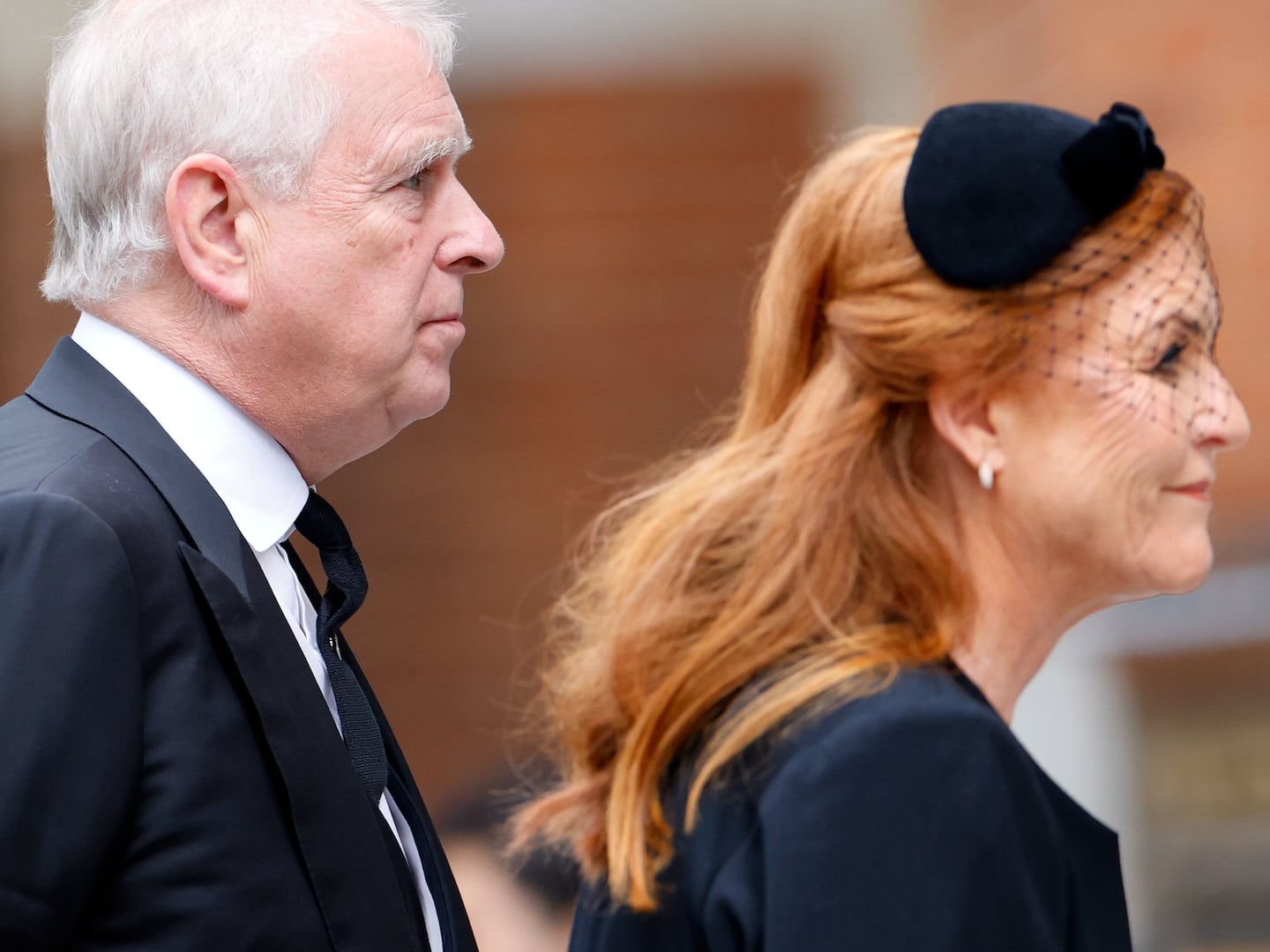
The truth lies somewhere in the middle – that place where no one’s entirely happy.
It wasn’t a riot. But it wasn’t entirely peaceful.
The cop wasn't convicted of murder. But he wasn't fully acquitted either.
The outcome—both inside and outside the courtroom—of the case involving the 2009 shooting of unarmed civilian Oscar Grant by mass transit BART cop Johannes Mehserle, offers reason for optimism. On Thursday, Mehserle was convicted of involuntary manslaughter. Many had predicted an outright acquittal and girded for the subsequent disaster of a Rodney King-level riot. (When the verdict was announced, shop owners in the Oakland area put up posters of Grant to dissuade looters.) But that prediction didn't pan out: Mehserle is going to jail.
Although the evidence was capable of supporting a murder verdict, like it or not, it supported the verdict of involuntary manslaughter, as well.
From the moment the case hit the headlines, the parallels to Rodney King were drawn: black men beaten and shot by white officers, charges of excessive force and racial bias, a videotape of the incident. To cap it off, the trial wound up with an all-white jury.
The case stacked up along similar lines in court too. The prosecution fought hard to show that the cop intentionally acted out in fury when he pulled his gun and shot an innocent young black man, pointing out that he had to have known he’d pulled out his gun because the Taser was on his left side, while the gun—which was secured in a holster—was on his right. But as in the King case, the defense revealed there was more to this story.
The defense showed that in the moments just before the shooting, witnesses, one of whom was Grant’s friend, heard Mehserle say he was going to fire his Taser. And although the Taser was on his left hip, it was angled so he could reach it with his right hand. Lastly, in an eerie repeat of the King trial, the defense leaned hard on the videotape that showed how, immediately after the shot, Mehserle grabbed his head and stepped back, indicating he was shocked and never intended to fire his gun—it was an accident. Accident, meaning Mehserle deserves a full acquittal.
As in the Rodney King trial, the defense made it a closer call than anyone expected, and by the time the jury went out to deliberate, the stage was set for a repeat of the devastating explosion of violence that wracked Los Angeles when the King verdicts were announced.
Except this time, history didn’t repeat itself. Though the jury didn’t convict Mehserle of murder, they did convict him—he now faces up to fourteen years in state prison. That’s not nothing. And although the evidence was capable of supporting a murder verdict, like it or not, it supported the verdict of involuntary manslaughter, as well.
There’s no question that some didn’t like it. The windshield of a CHP cruiser was smashed, some threw bottles at the police, a Foot Locker near City Hall was looted, and the windows of a bank were broken. But by 10 p.m., the scene was under control. By no means, press hype notwithstanding, could this be called a riot. And it certainly didn’t qualify for comparison to the ruinous mass insanity triggered by the Rodney King verdicts.
But even more significantly, in the moments after this verdict was handed down, important black voices spoke out to calm the waters. Oscar Grant’s grandfather pleaded with the demonstrators to “keep the peace,” and George Holland, Sr., president of the NAACP Oakland branch, pragmatically pointed out that “not-guilty would have been worse.”
Exactly. It could’ve been worse – on both sides. Mehserle might have walked and demonstrators might have burned Oakland to the ground. The fact that that didn't happen says a great deal about the differences between 1992 and now. It’s not perfect. But it’s progress.
Marcia Clark, the former L.A. district attorney who prosecuted the O.J. Simpson murder case, has since served a regular legal television commentator. She has written a bestselling book, Without a Doubt, and served as a columnist for Justice Magazine. Her debut crime novel will be published by Little, Brown in April of 2011.






